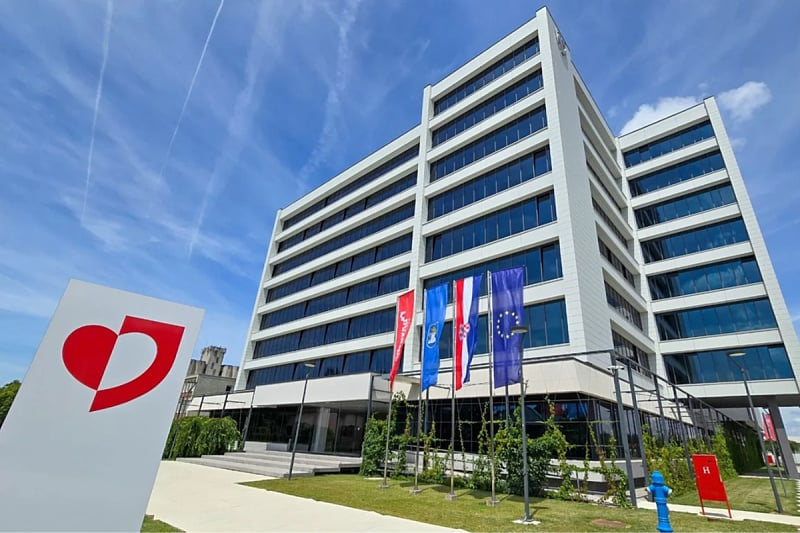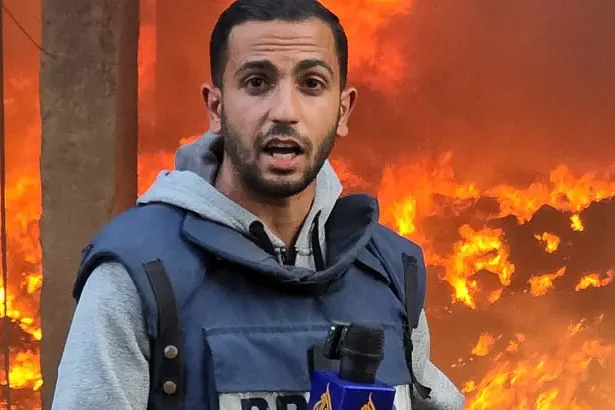Despite ongoing diplomatic efforts, tensions remain high between Ukraine and Russia.
Here’s a breakdown of recent developments:
Diplomatic Landscape
- US brokered Talks: US President Donald Trump recently met with Russian President Vladimir Putin in Alaska and subsequently held meetings with Ukrainian President Volodymyr Zelenskyy and European leaders at the White House. While no concrete breakthrough has been announced, according to The Hindu, Trump is attempting to arrange a direct meeting between Putin and Zelenskyy.
- Disagreements persist: Russia insists on controlling the entire Donbas region and demands Ukraine renounce NATO membership, while Ukraine seeks the full withdrawal of Russian troops and rejects territorial concessions.
- Security Guarantees: A key point of contention is the nature of security guarantees for Ukraine. European leaders have discussed options like a “reassurance force” in post-war Ukraine, but details and commitment levels are unclear.
- Russia’s demands: Russia’s Foreign Minister Sergey Lavrov emphasizes Russia’s role in discussions about Ukraine’s security architecture and suggests including China as a guarantor, proposals rejected by Ukraine.
- Putin’s Stance: Putin appears resistant to direct talks with Zelenskyy at this stage, focusing on Russia’s objectives and ongoing military pressure, according to CNN and Al Jazeera.
Escalating Tensions and Military Actions
- Continued Russian attacks: Russia continues its bombardments of Ukrainian cities with missiles and drones, including a recent strike on a US-owned factory in western Ukraine.
- Ukraine’s countermeasures: Ukraine continues to launch drone attacks on Russian ships and military vehicles, and has developed long-range drones and missiles to strike deeper into Russian territory.
- Frontline Shifts: Russia has made slow but steady gains in eastern Ukraine, particularly in the Donbas region.
- Cross-border Offensive: Ukraine launched a cross-border offensive into Russia’s Kursk Oblast in August 2024, aiming to divert Russian resources. However, Russia has deployed a large number of troops to counter the attack and claims to have recaptured half of the lost territory.
- North Korean Involvement: North Korean troops reportedly joined Russian forces in the Kursk offensive and subsequent incursions, though their effectiveness was limited.
Broader Implications
- Nuclear Threat: Putin’s veiled threats and the deployment of tactical nuclear weapons in Belarus continue to raise fears of escalation.
- Strained Relations: The ongoing war and differing approaches to peace diplomacy have strained relations between the US, Ukraine, and their European allies.
- Global Security Concerns: The conflict has broader implications for international law, territorial integrity, and the future of European security, according to the Council on Foreign Relations.
Overall, while there are ongoing diplomatic efforts to end the war, significant obstacles remain. The negotiating positions of both sides remain far apart, and Russia’s continued military actions, coupled with Putin’s rhetoric, suggest a lack of interest in a peaceful resolution on terms acceptable to Ukraine and its Western allies.

